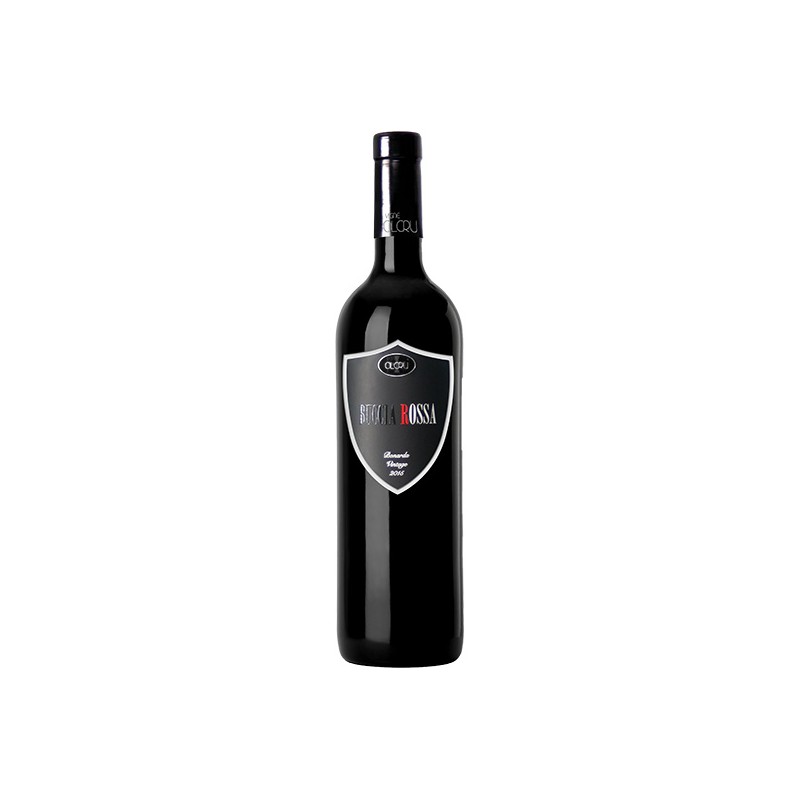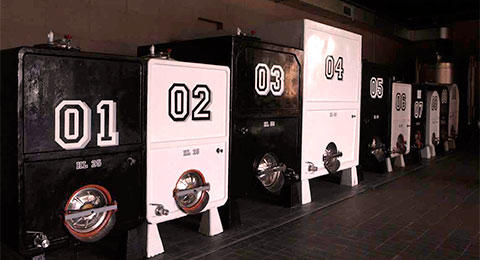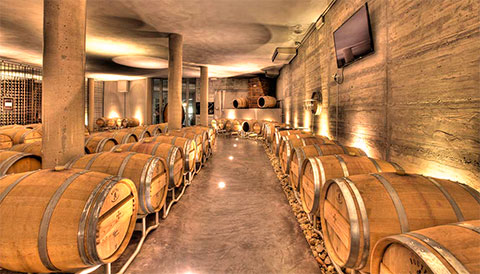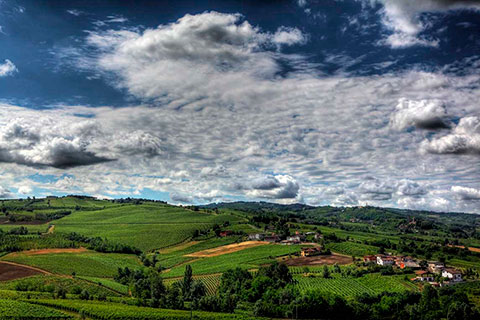



Italian red wine with 100% Croatina wine grapes.
Wine with ruby red color.
Red wine with hints to morello cherry, blackberry, cherry, plum and violet.
To appreciate this wine fully, we recommend to be served at one temperature between 10° to 12°C.
We recommend that you enjoy this red wine with cold cuts, grilled vegetables, risottos and boiled meat dishes.

Delivery: 2 to 6 weeks

Delivers all over the world by truck, air and sea. In LCL or full container.

Shelf Life / Products Validity: We always deliver with the maximum validity.
Variety: 100% Croatina
Altitude: 300 meters above sea level.
Yield per hectare: 60 q
Training system: Guyot
Harvest: Manual in 15 kg crates
Exposure: South
Soil: clayey marly with calcareous veins
Aging: steel tanks
Alcohol content: 13,5% vol
Sulphites: 51 mg/l of SO tot (UE legal limits 210mg/l max)
The red vinification or maceration is characterized by the contact between the fermenting wort and the solid parts of the berry (skins and seeds).
The grapes arrive in the winery and after a careful selection they are de-stemmed and softly crushed to preserve their integrity, then they are conveyed to fall into the tanks where the maceration will take place.
During this period, different processes are carried out to facilitate the transfer of polyphenolic substances such as: pumping over, punching and delastages. The duration of maceration and temperature will depend on the type of wine.
For wines with great structure such as pinot noir and red Oltrepò we can wait up to a few weeks, while it typically takes the bonarda 10-15 days.
Then the wines are racked by eliminating the marc and the lees produced in fermentation and depending on the productive destination they will be bottled or left in steel tanks to continue their slow evolution.

The barrel room, completely underground with controlled temperature and humidity, allows a gradual process of maturation of wines.
A regular and constant weekly lees stirring (batonnage) allows the yeast to re-suspend refining the product in a more complete way.
Constant sampling and analysis allow us to regularly monitor the evolution of the wines by checking the correct aging.

Once collected and placed in the crates, the grapes are placed inside a blast chilling cell and stored for 24 hours at 7 ° Celsius.
This process allows maintaining the grapes intact during the pressing/treading, preserving aromas and organoleptic characteristics.

Press with CO2 recycling to reduce environmental impact
We process the grapes in total absence of oxygen inoculating CO2.
To reduce to the minimum CO2 emissions we use an air balloon that recycles the gas up to twenty pressings, safeguarding the environment.

Grapes washer with a water recirculation pump
The grapes are hand harvested and put into 15kg crates and entirely washed. A water recirculation pump and special filters reduce the water consumption.

The oldest human settlements in Oltrepò date back to the Neolithic period (5000-2500 BC).
Through the consular roads settled the Roman Empire and after its defeat, the barbarians arrived and mingled with strains: Etruscan, Celts, Gauls, Irioligure and Latin.
The oldest Christian witness, dates back to 453 and it is the Christian tombstone of Orion.
Numerous, in Oltrepò, are the noteworthy frescoes present in different churches and chapels of important artists including: Michelino da Besozzo, Bernardino and Bartholomew Rossi also called Suardi Bramantino.
In Oltrepò there are 55 fortified places, of which 38 castles.

The territory, in the province of Pavia is 1,070 sq. km. with lowland areas below 200 meters above sea level, a large hilly area between 200 and 300 meters above sea level and an area over 350 meters, with peaks up to 1,724 meters above sea level.
The climate is mostly dry and the important temperature changes created by updrafts in mountain areas made the Oltrepò an area highly suited to the production of grapes and wine.
The soils of the low hilly area, consisting of marine sedimentary rocks with significant clay content and the higher ones of chalky origin, characterize better both the sparkling and red wines.
With a vined surface area of 13,269 hectares, the Oltrepò represents 60% of the entire vineyard area of Lombardy, while the hectolitres of wine produced; make it the third area in Italy.
The genotypes of Pinot Noir were grown in Oltrepò by the ancient Romans.
The first traces of the production of classic method, in Oltrepò, date back to 1870.
Wine available in two bottles sizes: Bottle with 0.75L and bottle with 1.5L
Direct delivery from the cellar in Italy.
Data sheet